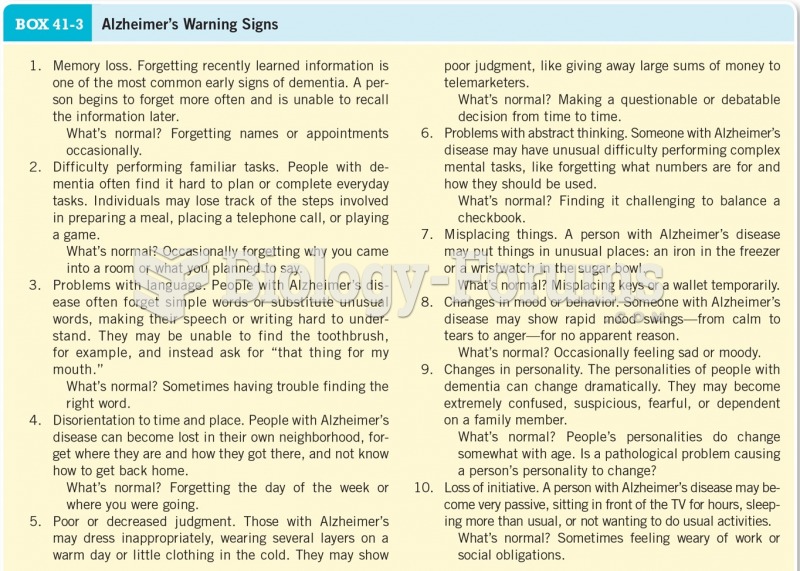Answer to Question 1
Answer: Physical settingThe indoor environment is clean, in good repair, well-lighted, and well-ventilated. A fenced outdoor play space is available. The setting does not appear overcrowded when children are present.
Toys and equipmentPlay materials are appropriate for infants and toddlers, and are stored on low shelves within easy reach. Cribs, highchairs, infant seats, and child-sized tables and chairs are available. The outdoor equipment includes small riding toys, swings, slide, and sandbox.
Caregiverchild ratioIn child-care centers, the caregiverchild ratio is no greater than 1 to 3 for infants and 1 to 6 for toddlers. Group size (number of children in one room) is no greater than 6 infants with 2 caregivers and 12 toddlers with 2 caregivers. In family child care, the caregiver is responsible for no more than 6 children; within this group, no more than 2 are infants and toddlers. Staffing is consistent, so infants and toddlers can form relationships with particular caregivers.
Daily activitiesThe daily schedule includes times for active play, quiet play, naps, snacks, and meals. It is flexible rather than rigid, to meet the needs of individual children. The atmosphere is warm and supportive, and children are never left unsupervised.
Interactions among adults and childrenThe caregivers respond promptly to infants and toddlers distress; hold them and talk, sing, and read to them; and interact with them in a manner that respects the individual childs interests and tolerance for stimulation.
Caregiver qualificationsThe caregivers have some training in child development, first aid, and safety.
Relationships with parentsParents are welcome anytime. The caregivers talk frequently with parents about childrens behavior and development.
Licensing and accreditationThe child-care setting, whether a center or a home, is licensed by the state. In the United States, voluntary accreditation by the NAEYC or the NAFCC is evidence of an especially high-quality program.
Answer to Question 2
Answer: Recognition is the simplest form of memory. It involves noticing when a stimulus is identical or similar to one previously experienced. Recall is more challenging because it involves remembering something not present. By the middle of the first year, infants are capable of recall, as indicated by their ability to find hidden objects and engage in deferred imitation. Recall improves steadily with age. For example, 1-year-olds can retain short sequences of adult-modeled behaviors for up to 3 months, and 1-year-olds can do so for as long as 12 months. The ability to recall modeled behaviors in the order in which they occurredevident as early as 6 monthsstrengthens over the second year. And when toddlers imitate in correct sequence, processing relations between actions, they remember more. Long-term recall depends on connections among multiple regions of the cerebral cortex, especially with the prefrontal cortex. Formation of these neural circuits is under way in infancy and toddlerhood and will accelerate in early childhood. The evidence as a whole indicates that infants memory processing is remarkably similar to that of older children and adults: Babies have distinct short-term and long-term memories and display both recognition and recall. And they acquire information quickly and retain it over time, doing so more effectively with age.







